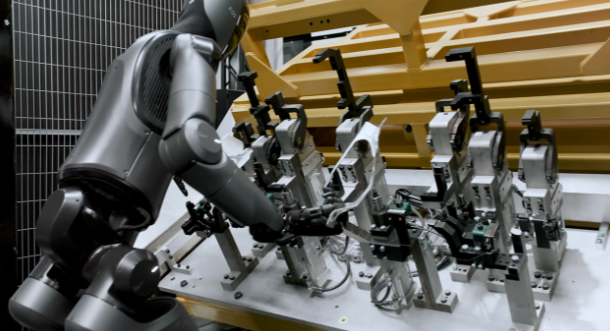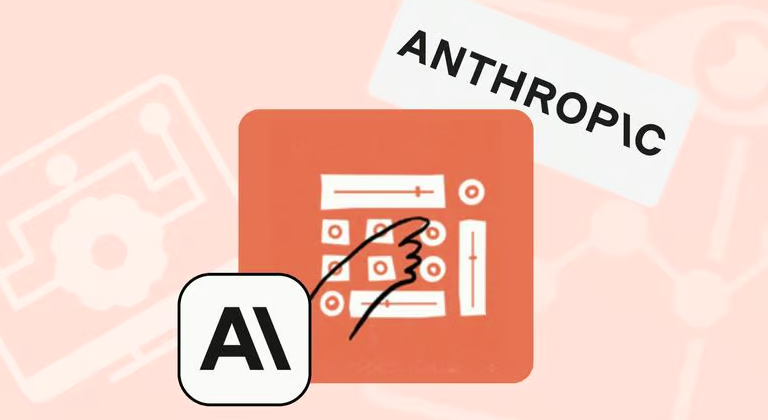AI Avatars and Pickle: The Future of Virtual Meetings
The monotonous world of web conference calls is getting a futuristic facelift with AI avatars. Startups like Pickle are taking center stage, offering AI-powered solutions that allow users to delegate their virtual presence in meetings. Pickle’s technology focuses on analyzing meeting data and creating intelligent summaries, ensuring participants don’t miss out on key discussions—even when they aren’t present. This innovation not only saves time but also enhances productivity by letting professionals focus on high-priority tasks while their AI avatar handles routine calls.

Pickle isn’t alone in this space. Giants like Zoom and Microsoft are also rolling out AI-driven avatars with advanced features, such as real-time lip-syncing and 3D immersive experiences. These technologies are redefining remote work by making meetings smarter, more efficient, and less of a burden. Whether it’s a tool like Pickle summarizing meetings or Zoom’s AI delivering pre-written updates, these advancements are signaling the dawn of a new era in virtual communication.
BMW’s Spartanburg Plant Integrates Advanced Humanoid Robots
BMW’s Spartanburg factory in South Carolina has integrated the Figure 02 humanoid robot into its production line, marking a significant advancement in manufacturing automation. Developed by Figure AI, this robot is equipped with human-scale hands featuring 16 degrees of freedom, enabling it to perform complex tasks with precision. Its six RGB cameras and AI-driven vision system allow for real-time environmental understanding, facilitating fully autonomous operations.

A notable enhancement in Figure 02 is the addition of a second NVIDIA RTX GPU-based module, tripling its AI computing power compared to earlier models. This upgrade enables the robot to execute high-precision pick-and-place tasks essential for smart manufacturing without human intervention. The collaboration between BMW and Figure AI underscores a commitment to integrating cutting-edge robotics into automotive production, aiming to boost efficiency and maintain high-quality standards.
Anthropic’s Prompt Improver: Elevating AI Prompt Engineering
Anthropic has unveiled its Prompt Improver, a cutting-edge tool designed to refine prompts for their AI assistant, Claude. This tool follows a structured four-step process: identifying examples, creating an initial draft, refining chain-of-thought reasoning, and enhancing examples for clarity. By utilizing XML tags, structured sections, and detailed reasoning instructions, the tool ensures that prompts lead to better-organized and more accurate responses from Claude, particularly for complex, multi-step tasks.

The Prompt Improver is ideal for users looking to optimize Claude’s performance in scenarios where precision and depth are critical. Users can input their existing prompts, provide examples of desired outcomes, and receive enhanced templates tailored for more efficient communication with the AI. While this tool is invaluable for intricate workflows, simpler tasks may still benefit from minimal prompts to save on latency and processing costs. Anthropic’s Prompt Improver bridges the gap between AI potential and practical implementation, setting a new standard in prompt engineering.
Samsung Unveils Gauss2 AI Model at SDC24 Korea
At the Samsung Developer Conference 2024 in Korea, Samsung introduced Gauss2, its second-generation AI model designed to enhance user experiences across various devices. Gauss2 is a multimodal AI capable of processing language, code, and images simultaneously, offering improved performance and efficiency over its predecessor. It is available in three versions—Compact, Balanced, and Supreme—to cater to diverse processing needs.

Internally, over 60% of Samsung’s Device eXperience division is already utilizing Gauss2 for tasks such as coding assistance, translation, email composition, and document summarization. The AI model supports up to 14 languages and operates 1.5 to 3 times faster than the original Gauss. Samsung plans to integrate Gauss2 into its product lineup, including smartphones, tablets, laptops, and home appliances, aiming to deliver higher levels of convenience and personalization to users.
